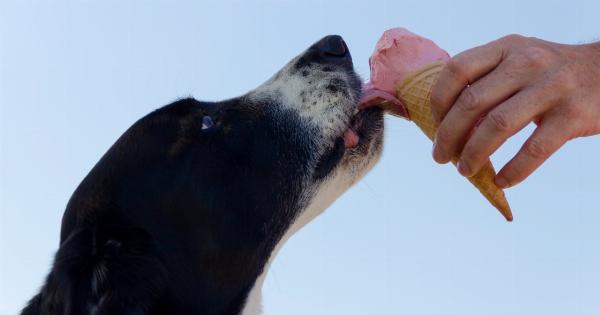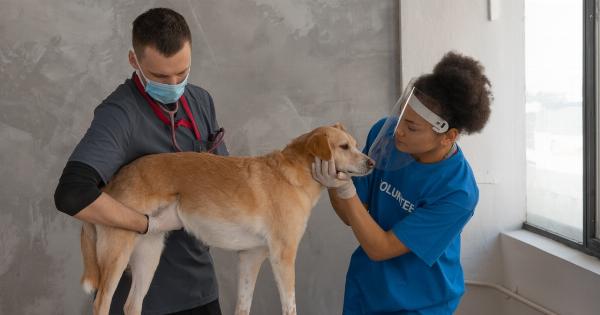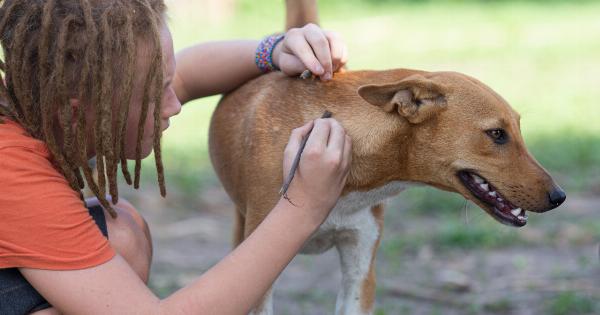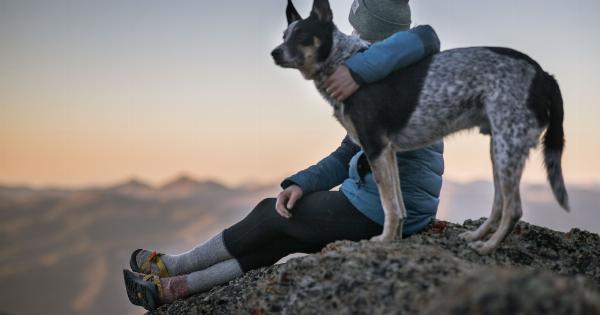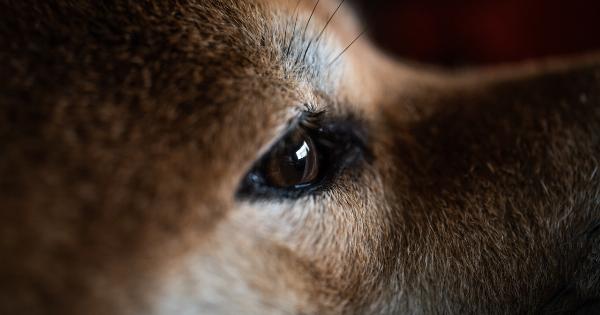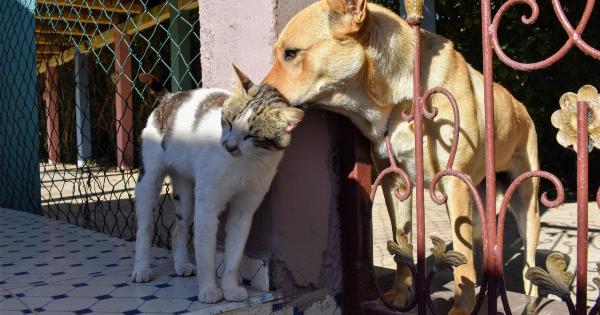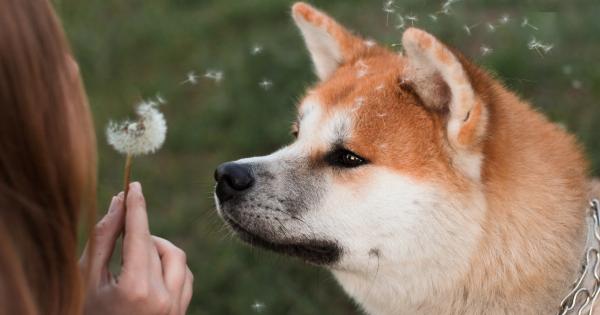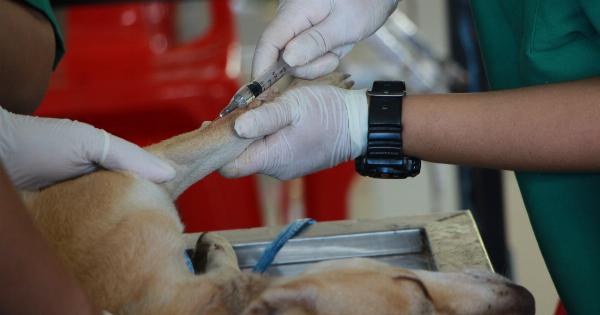As dog owners, ensuring the health and safety of our furry friends is of paramount importance. However, there are various hazards that dogs can encounter, some of which may seem harmless at first glance.
Two such hazards are plastic and stone ingestion, both of which can have severe consequences for your pet’s well-being. In this article, we will delve into these hazards, exploring their potential risks, symptoms, and preventive measures.
The Dangers of Plastic Ingestion
Plastic objects are prevalent in our daily lives, and unfortunately, dogs can inadvertently ingest them. Whether it’s a piece of a chew toy, a plastic bottle cap, or even bits of household items, the consequences of plastic ingestion can be dire.
Plastic can wreak havoc on a dog’s digestive system. Sharp edges can cause tears or perforations in the intestines, leading to potentially life-threatening complications.
Additionally, plastic objects that are too large to pass through the intestines can create blockages, causing pain, discomfort, and obstruction of food and water intake.
 .
.
Recognizing the Symptoms
Identifying the signs of plastic ingestion in your dog is pivotal in catching the issue early on and seeking prompt veterinary care. Some common symptoms include:.
- Vomiting
- Diarrhea or constipation
- Loss of appetite
- Abdominal pain or tenderness
- Lethargy or depression
- Bloody or mucus-filled stool
It is crucial to be observant if you suspect your dog has ingested plastic. These symptoms may be indicative of other health issues as well, so consulting with a veterinarian is crucial for an accurate diagnosis.
Preventing Plastic Ingestion
To minimize the risk of plastic ingestion, it is essential to take preventive measures:.
- Keep all small plastic items, such as bottle caps, hair ties, and children’s toys, out of your dog’s reach.
- Choose dog toys made from durable materials that are less likely to break or splinter, such as rubber or nylon.
- Supervise your dog during playtime and immediately remove any damaged or broken toys to avoid ingestion.
- Teach your dog the “leave it” command to discourage them from picking up and swallowing foreign objects.
By implementing these preventative measures, you can significantly reduce the likelihood of your dog ingesting harmful plastic objects.
Stone Ingestion: Nature’s Hazard
While exploring the great outdoors, dogs may encounter stones or rocks that pique their curiosity. However, the ingestion of stones can pose significant health risks to our furry companions.
Large or sharp stones can damage a dog’s teeth and gums, leading to painful dental issues. Moreover, ingested stones can become lodged in the digestive system, causing blockages and impairing the normal functioning of the intestines.
 .
.
Recognizing the Symptoms
Like plastic ingestion, the symptoms of stone ingestion can vary depending on the severity of the case. Be on the lookout for the following signs:.
- Excessive drooling
- Difficulty eating or swallowing
- Unusual chewing behavior
- Bad breath
- Loss of appetite
- Abdominal pain or bloating
If you notice any of these symptoms or suspect that your dog has ingested stones, consulting with a veterinarian is essential for a proper diagnosis and treatment plan.
Preventing Stone Ingestion
To prevent stone ingestion in your dog, consider the following preventive measures:.
- Keep your backyard or outdoor areas clear of loose stones or rocks.
- Supervise your dog while outside and discourage them from picking up stones.
- Provide an alternative, safe chewing option, such as rubber chew toys, to redirect their attention away from stones.
- Consider training your dog to drop or leave objects upon command.
By taking these precautions, you can significantly reduce the risk of your dog ingesting stones and the associated health complications.
Conclusion
Plastic and stone ingestion are serious health hazards that every dog owner should be aware of.
By understanding the risks, recognizing the symptoms, and implementing preventive measures, we can safeguard our canine companions from unnecessary suffering and potential life-threatening complications.
Remember, if you suspect that your dog has ingested plastic or stones, consult with a veterinarian without delay. Their expertise and guidance are crucial in ensuring the well-being of your four-legged friend.

